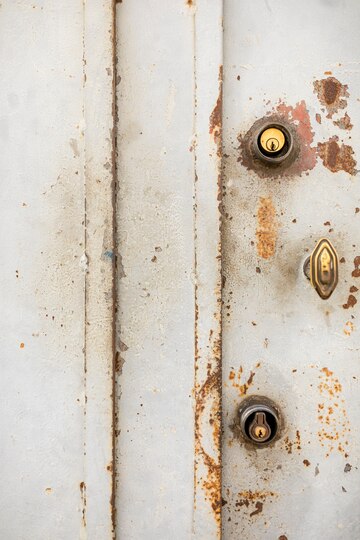Encountering dry rot in your home can be a cause for concern, but understanding what it is and where to look for it can alleviate some of the fear. With the help of Experts in Your Home, you can address dry rot effectively and restore peace of mind.
Dry Rot vs. Wet Rot:
Dry rot occurs when moisture and fungus accumulate on timber over time in poorly ventilated areas, causing the wood to soften and break down. Unlike wet rot, which develops on uncured wood in damp environments, dry rot affects construction lumber and requires sustained moisture buildup. Addressing the Source of Moisture:
Repair any leaks or sources of moisture to prevent further damage and ensure thorough drying of the affected area. Inspecting for Dry Rot:
Since dry rot often remains hidden, be vigilant for signs such as damp, musty odors, blistering paint, discolored or softened wood. Focus your inspection on areas prone to moisture accumulation, including caulking joints, decks, doors, shower areas, roofs, and wood siding. Remediating Dry Rot:
Test the affected wood with a screwdriver to assess its condition; rot-infested wood will splinter easily. Follow a four-step remediation process: stop the moisture source, expose the extent of the rot, remove affected wood, and treat the area with fungicide to prevent further damage. Replace damaged wood as needed to restore structural integrity. By being proactive in detecting and addressing dry rot, you can protect your home from further damage and ensure its long-term stability. With the expertise of Experts in Your Home, you can confidently tackle dry rot issues and safeguard your home’s structural integrity.

